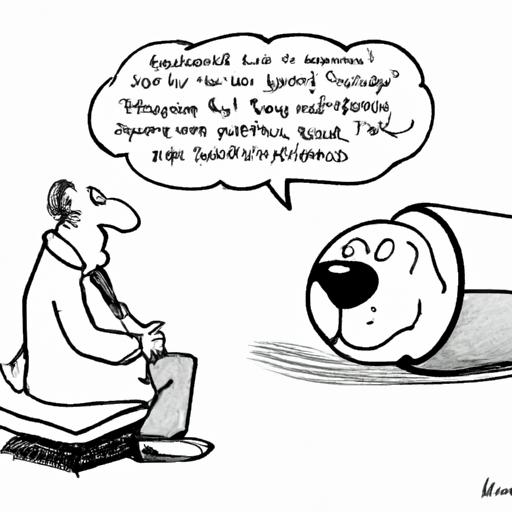While many of us may associate Benadryl as a simple over-the-counter medication used to combat allergies in humans, have you ever wondered, “what does Benadryl do to dogs?” As caregivers to our furry friends, it’s essential to understand what we can and cannot give them, especially when it comes to human medications.
Table of Contents
1. Understanding Benadryl
2. Effects of Benadryl on Dogs
3. Dosage and Precautions
4. Alternative Treatments
5. FAQs
Key Takeaways
– Benadryl can have several effects on dogs, including sedation and relief from allergies.
– Always consult a vet before administering Benadryl to your dog.
– There are several alternatives to Benadryl that can be safer for dogs.
Understanding Benadryl
Benadryl, also known by its generic name Diphenhydramine, is an antihistamine used to relieve symptoms of allergy, hay fever, and the common cold in humans. These symptoms include rash, itching, watery eyes, itchy eyes/nose/throat, cough, runny nose, and sneezing. But can it serve the same purpose in dogs?
Yes, it can! But before you rush to your medicine cabinet, it’s essential to understand the different impacts this medication can have on your canine companion.
Effects of Benadryl on Dogs
In dogs, Benadryl can help with several issues, including but not limited to allergies, anxiety, insect bites, and insomnia. Let’s delve into these.
Allergies
Just like in humans, dogs can suffer from allergies. They may react to things in their environment, like dust or pollen, or even certain foods. These reactions can cause uncomfortable symptoms such as itching, swelling, and redness. Benadryl can help by blocking the histamines causing these symptoms, providing your dog with some relief.
Anxiety
If your dog suffers from anxiety, whether it’s from thunderstorms, separation, or car rides, Benadryl might help. One of the side effects of Benadryl is drowsiness, which can help to calm your anxious pet.
Insect Bites
Insect bites can cause your dog discomfort due to the swelling and itching associated with them. Again, the antihistamine properties of Benadryl can help relieve these symptoms.
Insomnia
Occasionally, dogs may have trouble sleeping. Because of its sedative effects, some vets might recommend Benadryl to help dogs with insomnia.
While Benadryl can be useful in these situations, it’s essential to remember that it’s not a cure-all. For example, it might not be the best treatment for long-term allergy management in dogs.
Dosage and Precautions
Before administering Benadryl to your dog, it’s crucial to consult with your vet. They can provide you with the correct dosage based on your dog’s weight, breed, and overall health status.
Typically, the standard dosage is 1mg of Benadryl per pound of body weight, given 2-3 times a day. However, this is a general guideline and should not replace a vet’s advice.
Despite being relatively safe, Benadryl can have side effects in dogs, including dry mouth, urinary retention, and increased heart rate. In severe cases, it can cause breathing problems or even be toxic. For more information on this, check out this article.
Alternative Treatments
If you’re hesitant about giving your dog Benadryl, there are several alternatives available, ranging from other medications to natural remedies.
For example, Fexofenadine (Allegra) is another antihistamine that can be used in dogs. However, it should only be given under the supervision of a vet.
Natural remedies, such as oat baths and coconut oil, can also help soothe your dog’s skin if allergies are causing discomfort. For a full list of alternative treatments, you can visit this page.
FAQs
Q: Can I give my dog Benadryl for itching?
A: Yes, Benadryl can help reduce itching in dogs. However, it’s always best to consult a vet before administering any medication to your pet.
Q: Is it safe to give my dog Benadryl every day?
A: While Benadryl is considered safe for dogs, it should not be given daily unless prescribed by a vet. Long-term use can lead to potential side effects.
Q: What are the side effects of Benadryl in dogs?
A: Some common side effects include drowsiness, dry mouth, and urinary retention. In rare cases, it can cause rapid breathing, increased heart rate, or even be toxic.
Q: Can I give my puppy Benadryl?
A: While Benadryl is typically safe for dogs, it’s not recommended for puppies under the age of 6 months without a vet’s approval.
In conclusion, while Benadryl can be beneficial in treating various conditions in dogs, it’s always best to consult a vet before administering any medication. By doing so, you can ensure that your furry friend receives the best care possible.



